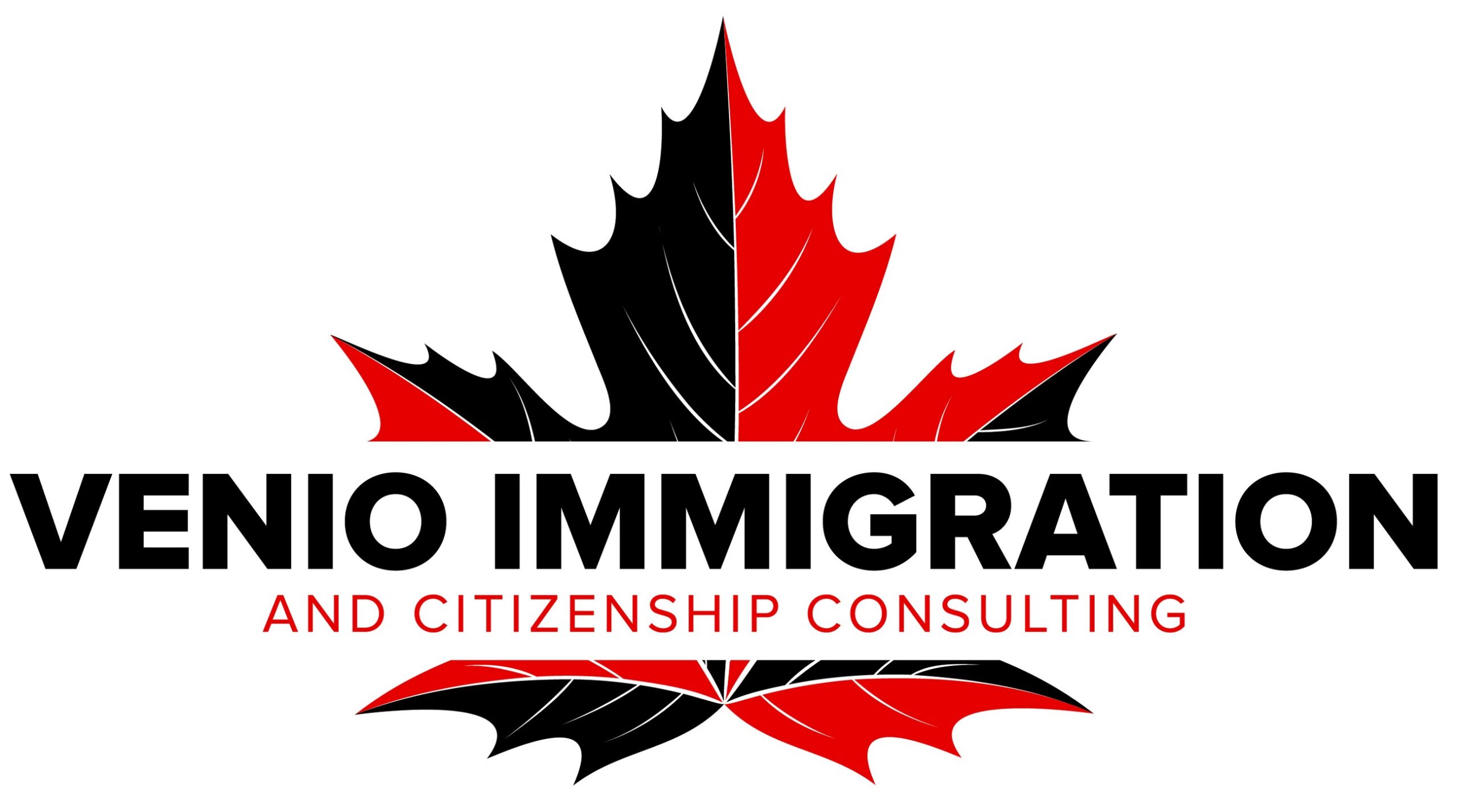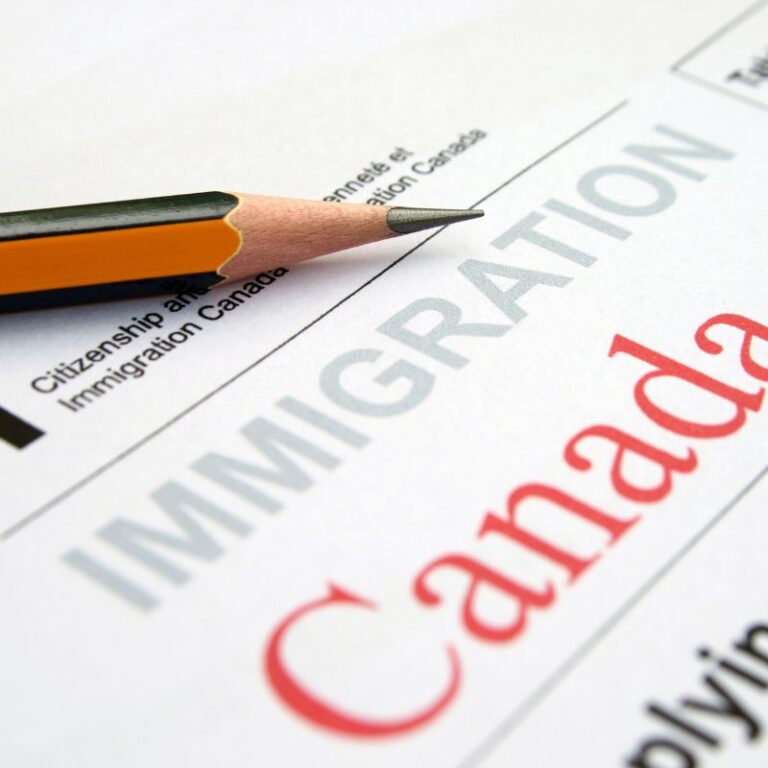Immigration Levels Plan 2025-2027: Canadian government to reduce the number of immigrants

The Canadian government, through Immigration, Refugees and Citizenship Minister Marc Miller, recently presented the Immigration Levels Plan 2025-2027. This plan sets targets for reducing immigration levels to Canada over the defined period, in order to prudently manage population growth and alleviate pressures on infrastructure, the housing market and social services.
In this article, we will explore the key aspects of this plan and the decisions made regarding Canada's immigration targets. The plan is based on three objectives: controlling population growth, supporting priority sectors of the economy, and strengthening the country's social and infrastructural stability. This policy could have significant repercussions for prospective immigrants, temporary residents and the development of French-speaking communities.
Main objectives of the 2025-2027 plan
Managing Population Growth
The government has decided to take a cautious approach by adjusting immigration targets downwards over the next few years. Canada aims to reduce the number of permanent residents admitted annually from 500,000 in 2025 to 395,000, 380,000 in 2026, and 365,000 in 2027. At the same time, the reduction in population growth will also be adjusted, from 0.2 % for 2025 and 2026, with a projected rise to 0.8 % in 2027.
The main aim of this strategy is to mitigate the impact of immigration on the Canadian real estate market, while ensuring that newcomers have the resources and infrastructure they need to integrate effectively into the country's social and economic fabric.
Temporary Resident Discount
Alongside the targets set for permanent residents, the government has also introduced specific targets for the reduction of temporary residents, notably foreign students and workers. The aim is to limit the proportion of the Canadian population made up of temporary residents, to around 5 % by the end of 2026.
This means that eligibility criteria for work and study permits will be revised and made more stringent, with priority given to temporary residents who meet the essential needs of the Canadian economy. This approach would alleviate pressure on housing, infrastructure and social services in the country's most densely populated regions.
Specific Plan measures
Facilitating Permanent Residence for Temporary Residents Already Here
Under the new plan, a larger proportion of temporary residents already living and working in Canada will have access to permanent residency. This measure aims to facilitate the integration of individuals who have already settled in the country, while avoiding a sudden increase in the population through new admissions.
Those already present in Canada will therefore be favored over new applicants. The aim of this orientation is to promote a smooth transition for these residents and stabilize the number of arrivals, while taking into account the country's current labor needs in priority sectors such as health, education and social services.
Tightening Admission Criteria in Essential Sectors
The 2025-2027 Immigration Levels Plan also provides for an adjustment of admission criteria for priority sectors, in particular for jobs in the healthcare, technical trades and innovation sectors. The government has also decided to increase the proportion of economic immigrants, strengthening programs to select candidates with the skills needed to contribute directly to the Canadian economy.
Immigrants admitted in the economic category will therefore represent an increased share of total admissions, ensuring that Canada can fill gaps in these areas, while reducing the impact on public services and infrastructure.
Promotion of Francophone Immigration Outside Quebec
Another key aspect of the plan is support for Francophone communities outside Quebec. The government is aiming for 10 % of Francophone immigrants in these communities by 2027. This measure responds to the desire to strengthen the presence and vitality of Francophone communities across the country, thereby contributing to Canada's linguistic and cultural diversity.
Achieving this objective will provide support to francophone regions facing specific demographic challenges, while ensuring the sustainability of the French language and culture outside Quebec.
Justifications and Anticipated Effects
Mitigating the housing crisis
One of the main motivations behind reducing immigration targets is to alleviate the housing crisis. By reducing the number of new arrivals, the government hopes to ease pressure on the housing market and reduce Canada's current estimated housing deficit. This should help stabilize the housing market and promote more equitable access to affordable housing for all Canadians.
Stabilization of Social Services and Infrastructure
By adjusting the number of new arrivals, the government also anticipates a better alignment between the capacity of public services (health, education, transport) and demand. The reduction in admissions will enable the authorities to strengthen existing infrastructures and better prepare social services to integrate new arrivals in a sustainable way.
By favoring a progressive approach, Canada intends to meet the needs of its citizens while continuing to welcome immigrants under conditions that will enable them to integrate fully into society.
Plan outlook and conclusion
The Immigration Levels Plan 2025-2027 marks a shift in Canadian immigration policy, putting forward a more measured vision of demographic and economic growth. While reducing the number of admissions of permanent and temporary residents, this plan is committed to meeting labour market needs in key sectors, fostering the integration of temporary residents already in Canada, and strengthening the vitality of Francophone communities outside Quebec.
The plan represents a strategic and balanced approach to maximizing the benefits of immigration, while ensuring harmonious and sustainable integration for future residents. Full details and statistics associated with this plan can be found on the Government of Canada's official website.






